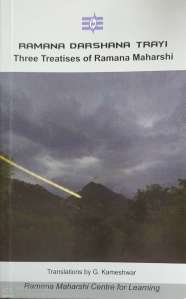
Finding Shangri La is a magnificent gallery of art… The subject is mystical… The landscape is vast, mysterious, icy, ascetic… Time itself stands still… And Mahendra Singh brings it all across with skill of a Carl Sagan describing intergalactic space.
When you see the magnificent photographs spreading across the large book, you are literally transported there. You just stop and gaze. Kinnar Kailash range at sunrise, sunset at Sangla valley, icy waterfalls created by melting snow, Maitreya Buddha lording over the landscape, cave monasteries, dragon-magic murals, snow leopard on the rocks, agricultural fields in the colors of a Van-gogh painting, Bactrian camel shedding its winter coat, pashmina goat with ‘soft gold’ coat, beautiful natives of different races, lion figures and cham dance moves, mysterious manuscripts in ancient monasteries…. And so much more… This is a coffee-table picture book at its best…
And the flow of words… Mahendra Singh is as good an author, as he is a photographer. A natural story teller, he has a penchant for history, nature, wildlife, sociology, and more… Traversing time with ease, he relays a running commentary on the plate tectonic movements of a hundred million years ago, the tensions of a culture whose land cuts across different countries, the incredible story of Colonel Chhewang Rinchen, who was the youngest soldier – in the history of India – to be decorated with the Mahavir Chakra…Which he went on to win twice… The story of the ‘glacier man’ Chewang Norphel; the mysterious origins of a tribe with Caucasian features; the story of Rinchen Zangpo (958 – 1055 ) who established 108 monasteries and temples… The Kargil war memorial… And the world’s highest post-office, at 14567 feet…
Indeed, there is so much information packed in this book that you wish there was index at end. Which wish you then retract… Best to leave it just as it is… For you cannot index the valley of flowers, can you?
Buy the book…
Om mani padme hum !



You must be logged in to post a comment.